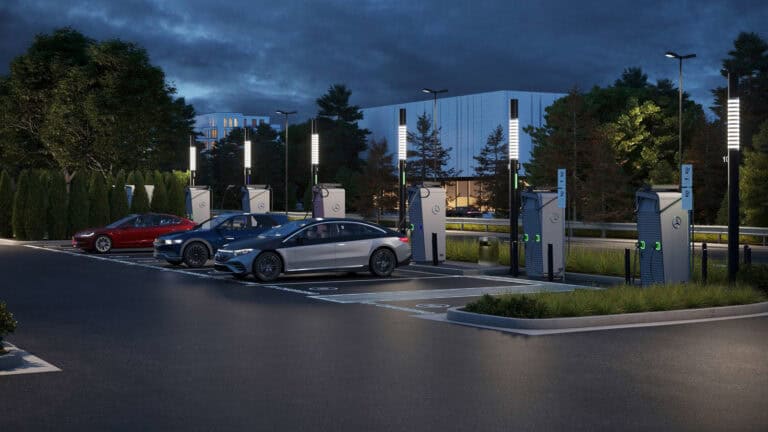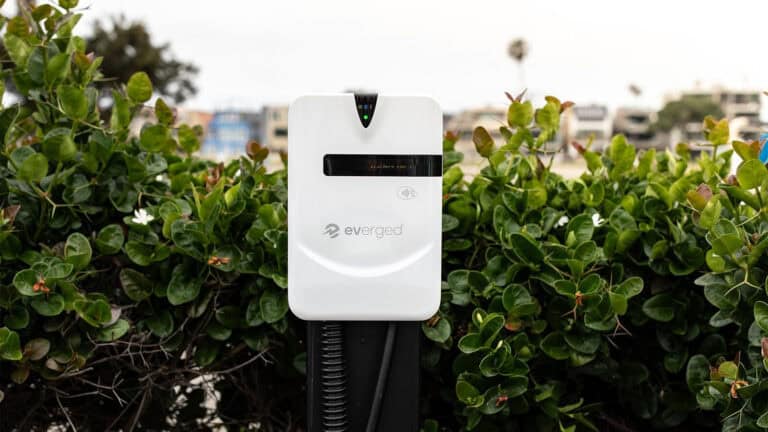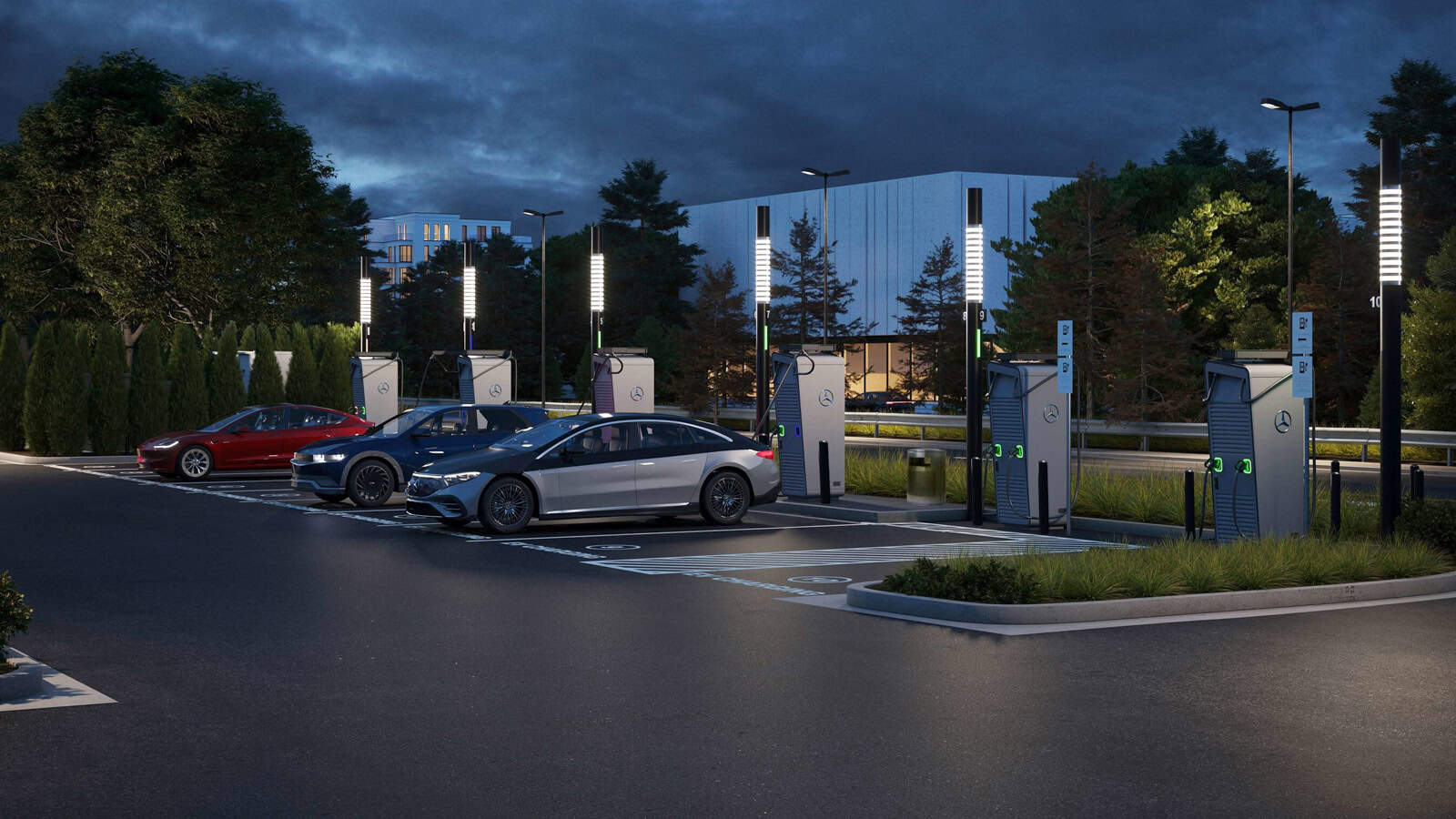- Most EV owners charge at home, but some homes are unable to handle the power needs of a Level 2 charger.
- Older homes have lower amperage, meaning homeowners would need expensive electrical panel updates to be able to power an EV charger.
- The Northeastern U.S. has the largest concentration of older homes that would need electrical overhauls to install a Level 2 charger.
A whopping 80% of EV charging happens at home. That’s great for broad EV adoption, but it also means that some populations are potentially shut out of EV ownership simply because of how old their homes are (and thus how old their homes’ electrical wiring may be). To make home EV charging convenient, we need to be able to install faster EV chargers at our places of residence. But if you live in the Northeastern United States, that might not be able to happen.
Why Older Homes Can’t Take Faster EV Chargers
To charge an EV at home, you typically need a 7-11 kW device that needs 40-60 amps on a 240 V line. But older homes were built when the demand for electricity was way lower, so they can rarely handle anything above 100 amps in total. Consider that your average refrigerator alone needs about 6 amps on a 120 V line. Add up all of the other appliances your home already has, and needing a dedicated 40-60 amps just for an EV charger seems well outside of the realm of possibility if your home is limited to around 100 amps.
According to recent customer survey data from Qmerit, an installer of home and business EV chargers here in North America, these older homes with lower amperage are mainly concentrated in the Northeast, Midwest, and West. And yep, the Northeast has the highest concentration of older homes. In the Northeast, about 69% of homes were built before the year 2000, while the Midwest and West have percentages of around 60% and 59%, respectively.
To be able to handle installing Level 2 chargers, these older homes would need electrical panel upgrades or load shedding technology.
Where Can You Easily Install a Level 2 Home Charger?
So where are the newer-build homes, which have more robust electrical capacity? Those tend to be located in the South – only about 40% of homes in this region were built before 2000. These newer homes would be more capable of having a Level 2 charger being installed.
How This Data Can Help
This information came from the newly established Electrification Institute (EI) by Qmerit, all with a mission to educate consumers and businesses about the urgent need for greener transportation, cleaner energy technologies, and a decentralized, clean-energy grid. Data like this can guide the electrified marketplace as resources get allocated for accelerating EV adoption and other clean tech.
The Electrification Institute also plans to publish a white paper later this year that will dive deeper into these issues and provide more comprehensive details about the needs for electrical updates in older homes. By doing so, the EI aims to further drive the conversation on EV adoption and help stakeholders make informed decisions in the pursuit of a sustainable future.

SOURCE | IMAGE: QMERIT | MOTORVERSO
FTC: We use income-earning auto affiliate links. Learn more.











